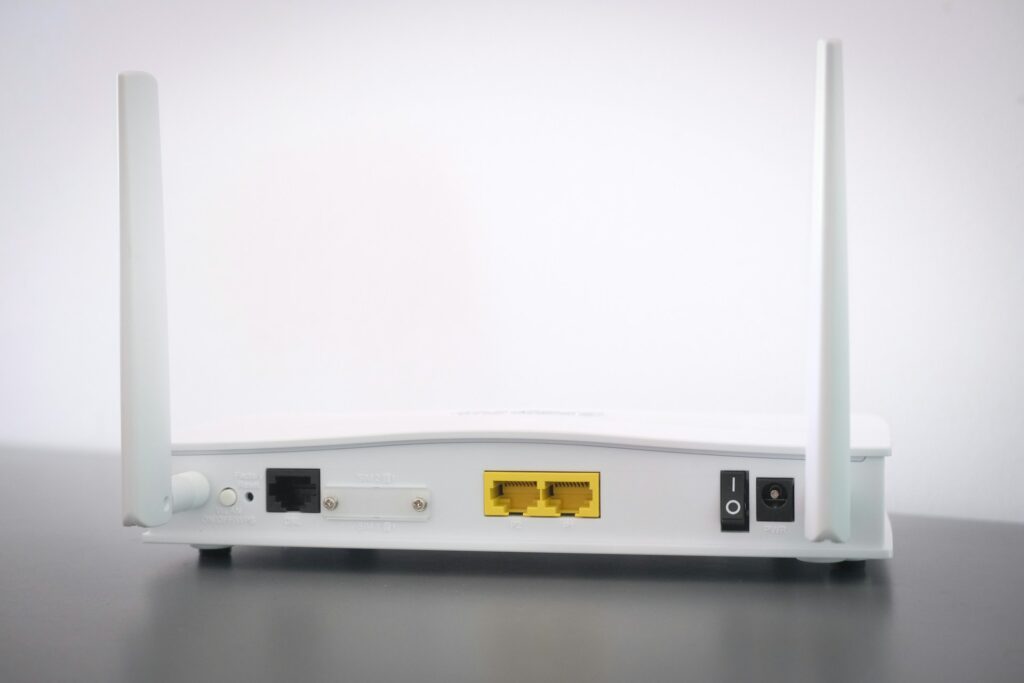With WiFi being a constant in our lives, you might wonder whether it’s a good idea to turn it off at night. While WiFi is essential for our daily needs, there are growing concerns about its long-term effects on health and energy consumption.

Health considerations
WiFi routers emit electromagnetic waves that could potentially impact health, especially in children. Some studies suggest that prolonged exposure to WiFi signals might cause issues like sleep disturbances, headaches, and decreased concentration. Since WiFi operates at a frequency similar to microwave ovens (2.4 GHz and 5 GHz), the human body, which is composed of 75% water, absorbs these frequencies. Children are particularly susceptible due to their higher water content.
Although more research is needed to fully understand these risks, many experts recommend limiting exposure, especially at night, when your body needs rest.
How to reduce WiFi exposure
If you’re concerned about the effects of WiFi, turning off your router at night is a simple and effective way to minimize exposure. Here are some additional tips:
– Keep distance: Place routers away from bedrooms and living areas.
– Use wired connections: Whenever possible, opt for Ethernet cables over WiFi for tasks that require high-speed internet.
– Turn off unused devices: Laptops, tablets, and phones should be turned off or set to airplane mode when not in use.
– Invest in low-emission devices: Look for routers and gadgets with lower electromagnetic output.
Energy savings
Turning off your WiFi at night can also help save energy. While the savings may be small, every bit counts over time, especially if you are conscious about reducing energy consumption in your household.
Final thoughts
While the health risks of WiFi exposure remain debated, it’s always a good idea to take precautions. Turning off your WiFi at night is an easy way to limit exposure and reduce energy use. Pair this with other measures, like using wired connections and low-emission devices, to create a safer and more efficient home environment.

 Open Immovlan
Open Immovlan